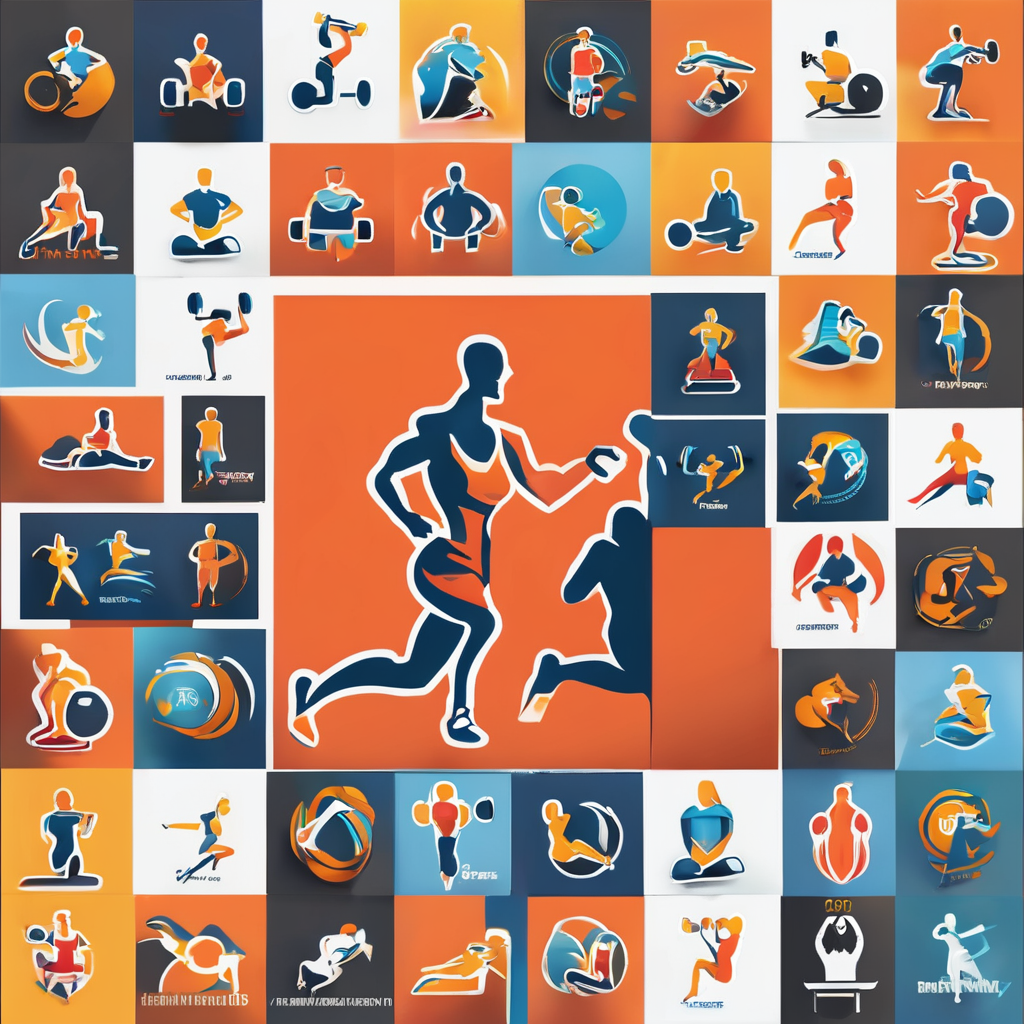Essential Goalkeeper Drills
Improving reflexes is vital for goalkeepers, enhancing their ability to react swiftly in unpredictable situations. Goalkeeper drills are specifically designed to refine these reflexes, catering to different skill levels and ensuring robust development. For beginners, simple soccer reflex exercises such as the “Wall Ball Drill” help improve coordination and catching skills. More advanced drills, like “Diving Saves,” challenge seasoned players, sharpening their response during high-intensity matches.
The fundamental equipment needed for these exercises includes cones for agility training, balls of various sizes to simulate diverse scenarios, and a sturdy wall or rebounder to practice the Wall Ball Drill. Simple setup allows goalkeepers to focus on executing movements with precision and speed.
Additional reading : Building Unbreakable Minds: Essential Psychological Strategies to Boost Resilience in Competitive Judo Athletes
Lateral movement and ball reaction exercises are crucial in refining a goalkeeper’s agility. Quick decision-making drills further enhance their ability to assess on-the-field dynamics, fostering faster and more efficient responses. Tailoring exercises according to skill levels will ensure steady progression and detailed honing of reflexes.
Integrating these specific, versatile drills into regular practice sessions can substantially boost a goalkeeper’s efficiency on the field. Reflecting on the correlation between these drills and improved game performance illustrates their practical value and long-term benefits.
Also read : Exploring the Psychological Impact of Defeats on Esports Athletes: Unveiling the Mental Strain
Dynamic Reaction Time Exercises
Incorporating dynamic reaction time exercises into a goalkeeper’s routine is crucial for enhancing on-field performance. These drills focus on boosting a keeper’s agility, allowing them to respond swiftly during games. Enhanced agility exercises are essential for a goalkeeper to maintain balance and control, especially under high-pressure situations.
Lateral Movement Drills
Lateral movement drills are foundational for developing side-to-side quickness. Exercises like the “Cone Shuffle” involve moving rapidly between cones, simulating a game scenario where a keeper has to adjust position swiftly. These drills improve footwork and directional changes, which are vital during unexpected ball trajectories.
Ball Reaction Drills
To refine ball reaction drills, goalkeepers can practice with partners or solo using rebounders. Exercises such as “Diving High Balls” test the keeper’s ability to track and catch or deflect incoming shots. Regular practice sharpens their reaction and improves hand-eye coordination during dynamic plays.
Quick Decision Drills
Quick decision drills are instrumental in fostering a goalkeeper’s mental acuity. By practicing situations like “Sudden Shot Reactions,” keepers learn to make instantaneous decisions. This not only hones their reflexes but also enhances their capacity to anticipate opponents’ moves, ultimately increasing their effectiveness in crucial match moments.
Visualization and Mental Training Techniques
Incorporating mental exercises into a goalkeeper’s training regimen is crucial for refining physical reflexes. The mental preparation enhances concentration and focus, allowing goalkeepers to anticipate and react to fast-paced plays more effectively.
Visualization techniques are a cornerstone of mental training. Goalkeepers should begin by finding a quiet space to visualise scenarios they’ll face during matches. Imagining different game situations, such as one-on-one saves or penalty blocks, helps internalise strategic approaches. By consistently practising these techniques, keepers can program their minds to execute movements automatically, improving their overall performance.
To effectively blend visual drills into routine practices, set aside dedicated time during each training session. Consider spending a few minutes before or after physical exercises to mentally rehearse expected game situations. This not only prepares the mind but also complements the physical agility developed through other drills.
Incorporating mental training into daily routines yields tangible benefits on the field. Emphasise consistency in these exercises to gradually build a robust mental framework, allowing goalkeepers to stay sharp and confident during matches. An effective mental toolkit is as important as physical drills in ensuring a comprehensive approach to goalkeeper training.
How to Track Progress and Adjust Drills
Tracking progress tracking in goalkeeper training is essential for fostering continuous performance improvement. Establishing clear, measurable goals assists in mapping out reflex enhancement, ensuring structured development.
Setting Measurable Goals
Begin by defining specific outcomes you aim to achieve through training drills. Goals could include reducing reaction time or improving consistency in catching. Measure these goals by setting benchmarks that are concrete and quantifiable.
Recording Performance Metrics
Utilize tools to track performance metrics, such as stopwatch timers for reaction time or video analysis software to assess technique. Consistent recording helps pinpoint areas needing improvement and provides a clear picture of progress over time. It also assists in evaluating whether the exercises achieve the desired outcomes effectively.
Adapting Drills Based on Progress
Once you have performance data, adapt drills to match the evolving skill levels. For example, increase the complexity of drills as benchmarks are met. If certain drills do not yield expected improvements, adjust them to better target weaker areas. Continual drill modification ensures that training remains challenging and aligned with personal growth goals, enhancing both short- and long-term performance. This adaptability is crucial for maintaining the dynamic nature of effective goalkeeper training.
Real-Game Application of Drills
Incorporating game scenarios into goalkeeper training is crucial for bridging the gap between practice and matches. Through the practical application of drills, goalkeepers can transfer skills honed in practice directly to on-field situations, ensuring they react instinctively during games.
Correlation with Game Situations
Matching drills to real-game situations strengthens a goalkeeper’s ability to anticipate and react. Using specific techniques tailored to mimic real scenarios, such as penalty saves or corner blockings, embeds these reflexes into instinct, enhancing performance under pressure.
Successful Goalkeeping Moments
Well-practiced goalkeepers often exhibit exceptional saving techniques during matches, a testament to effective training. This can range from a decisive save during a one-on-one to effectively managing multiple attacks. Success is often closely linked to the consistency and thoroughness of their drills.
Incorporating Drills into Routines
To ensure seamless integration, coaches and players should consider how drills can be woven into regular team practices. Focusing on situational exercises improves real-game readiness, complementing both individual and team strategies. For personal routines, emphasizing varied and relevant drills can continuously challenge and improve skill levels, preparing goalkeepers for diverse match conditions.



